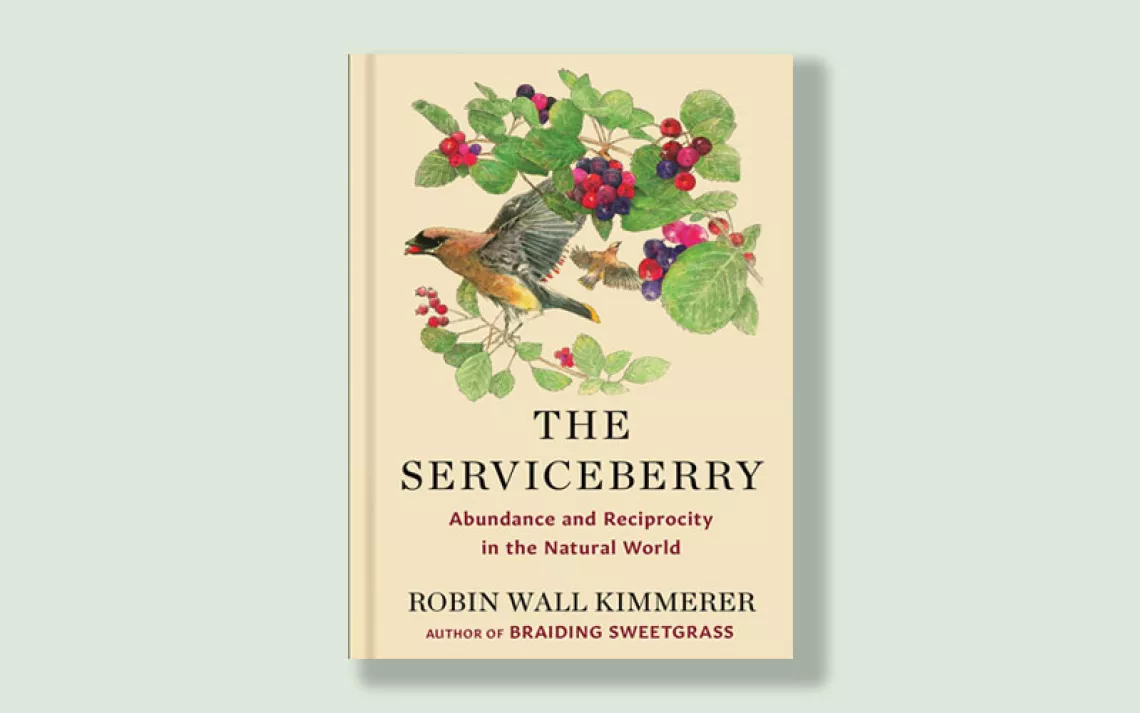It Will Take a Village to Save the Colorado River
The mighty river is disappearing as its dependents multiply

Even if climate change wasn't shrinking the snowpack that feeds it, the Colorado River would still be facing a serious dilemma: The two nations, seven U.S. states, and 6 million acres of farmland downstream have made legal claims to more of its water than actually exists.
On the riverbanks, "every new solution creates additional problems," writes David Owen in his new book, Where the Water Goes: Life and Death Along the Colorado River (Riverhead Books, 2017), an instant classic on the West's wicked liquid challenges. For this riparian picaresque, Owen, a longtime New Yorker staff writer, traversed the fields, campgrounds, reservoirs, fracking sites, and salt-crusted ghost towns that hug the Colorado's 1,450 miles, gathering surprising answers and alarming predictions.
With humor and concision, Owen pokes holes in nearly every common assumption about western water. Grape farmers who irrigate efficiently turn out to conserve less overall. Fixing leaky infrastructure hurts the ecosystems that have adapted to it. Arbitrary laws inflate water allocations, but this "semifictional accounting" prevents big states from sucking others dry and lets Mexico keep a stake in Lake Mead. Illogic runs through it.
Yet these issues must be resolved, for the Colorado is disappearing as its dependents multiply. Owen suggests that leaders must embrace rather than spurn the baffling strictures of the river's past to produce a sustainable West. If Las Vegas, with its gushing fountains and profligate sprawl, can be the water world's beacon of compromise and adaptation—and Owen shows us that it is—maybe hope hasn't evaporated yet.
This article appeared in the July/August 2017 edition with the headline "Troubled Waters."
 The Magazine of The Sierra Club
The Magazine of The Sierra Club



